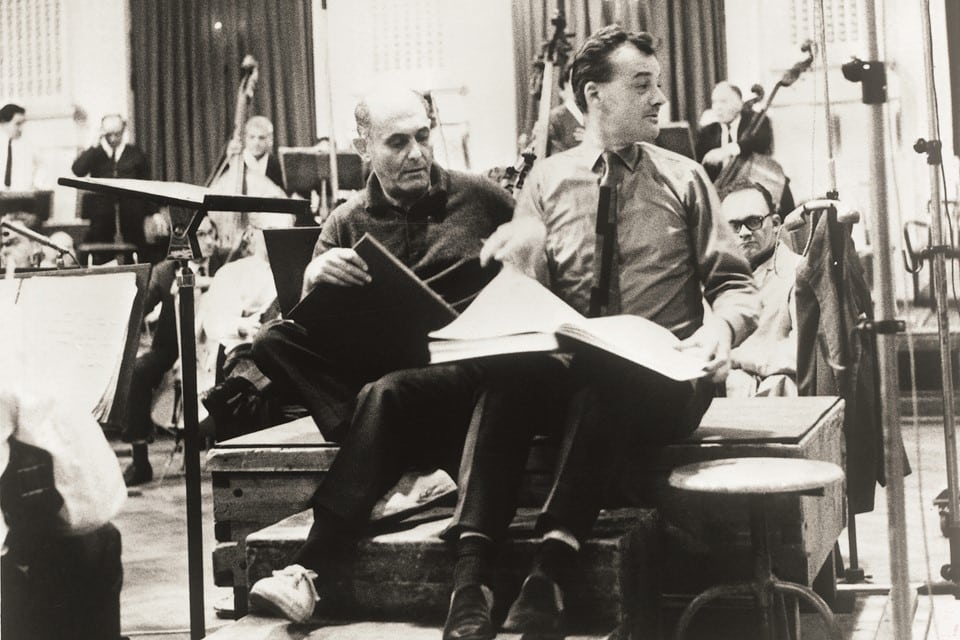Broadway musical star, 41, dies of Covid after 3 months in hospital
mainNick Cordero, a Canadian actor who sang Cheech in Bullets Over Broadway (2014) and starred in the premiere of A Bronx Tale, has died threee months after being admitted to an LA hospital with Covid. He was 41.
He leaves a young widow and a one year-old son.

The virus has not gone away.






Incredibly tragic. He and his wife made such a strikingly beautiful couple. My heart goes out to her.
This is just heartbreaking. This young family fought with grace and courage, and it is so terribly sad that Mr. Cordero has lost the battle. Interestingly (and horribly), he was no longer Covid positive: the virus simply damaged his young, healthy body to an extent that recovery was not possible. How tragic, and how frightening.
How tragic and sad. One can only admire the love and strength of his wife through their ordeal. Rest in peace.
Given the immediacy of the pandemic, I hope all of the deniers (yes, on this site) will reflect on their laissez faire attitude toward this global emergency. Mr. Cordero was 41 and previously in good health. The virus knows no boundaries. No one is exempt.
Ain’t it the truth. This is a very sad story. I hope it is reported in the US — doubtful, as he was a Canadian. Because the US is chock full of deniers. I have watched several times since yesterday a news story from Texas on Sky showing flagrant REFUSAL to adhere to sensible precautions like distancing or masks. One devastatingly stupid woman is braying abuse at the (masked) reporter, accusing her and other mask-wearers of promoting a “false narrative” to keep people in “terror.” We know where they are getting this garbage.
Another man interviewed refuses to sacrifice what he thinks of as his “freedom.” The way right wing Americans use the word “freedom” has disgusted me since I was a teenager. it usually involves rooms full of canned goods and an armoury.
His tragic story has been reported on frequently in the US on CNN. His family’s suffering makes the latest gaslighting effort by our president, claiming that 99% of COVID-19 cases are “totally harmless”, all the more obscene.
Indeed. Considering that the USA death rate is near 10 percent, what to make of the 9 percent of totally harmless, yet resulting in death, cases. And for many suffers who survive, nasty effects continue for months, with some damage possibly permanent.
In the interest of accuracy–as far as the reported data goes–the death rate from known Coronavirus cases in the US is about 4.4%, a lower ratio than many countries.
The (still deplorable) total number of deaths exceeds 132,000, but the US population exceeds 330 million. None of these numbers are accurate, to be sure, but relatively lower reported numbers of deaths in China and India (both with larger populations) can be attributed to misinformation (China) or lack of public health protocols (India).
Believe me, I’m on your side, but we can’t just willy-nilly throw out numbers. Regardless, everyone must remain vigilant.
Maybe we’re using different methods of calculations. I was taking deaths as a percentage of recoveries rather than of total current cases, since their outcomes are unknown.
“In the interest of accuracy–as far as the reported data goes–the death rate from known Coronavirus cases in the US is about 4.4%, a lower ratio than many countries.”
To calculate the death rate they take (as far as I can see) the total number of cases today and the current number of death today.
That’s problematic for (exponential) growth in cases because there’s a delay between infection and possible death in which the total number of cases rises.
Example:
Outbreak starts, 10 in total people are infected today. No deaths yet, all in isolation, they don’t spread anything:
Day 1: 10 infections, 0 death, rate: 0%
Day 2: 10 infections, 0 death, rate: 0%
..
Day 6: 10 infections, 0 death, rate 0%
Day 7: 10 infection, 1 death, rate 10%
We can probably agree that the death rate is 10%.
Now let’s reset the scenario and let them infect people:
Day 1: 10 infections, 0 death, rate: 0%
Day 2: 20 infections, 0 death, rate: 0%
..
Day 6: 640 infections, 0 death, rate 0%
Day 7: 1280 infection, 1 death, rate 0.08%
Hm! It got “less lethal”!
Now, what would happen if the virus would be more contagious (it was *2, now it’s *3, same lethality (10%)):
Day 1: 10 infections, 0 death, rate: 0%
..
Day 7: 7290 infection, 1 death, rate 0.01%
That nerfed the lethality even more! 😉
You have to compare the deaths today (day 7) with the number of cases of one week ago (day 1), otherwise, the death rate appears to be lower than it is.
If the number of cases is more or less constant, the effect is negligible. For exploding numbers (US, India), it is not.
(In the interest of accuracy.)
Right. But how about using recoveries / deaths, the idea being that for these people the disease has run its course?
“Right. But how about using recoveries / deaths, the idea being that for these people the disease has run its course?”
Would have to think about that. The problem here I guess is that not all recoveries are known, while the deaths seldom go by unnoticed. Maybe that’s why the JHU doesn’t calculate it this way. I don’t know if that’s how the RKI calculates it, too.
(The real number of infections is unknown, too, of course. There’s always guesswork and/or approximation until there are accurate numbers to work with. You’d need more testing. I just wanted to point out the risk of ignoring the temporal component and the problem of “simply” comparing numbers.)
As a Texan, I can also speak to this. Health policy, as with the science behind it, has become polarized and politicized. However, we also need to consider that the official narrative has been inconsistent as the knowledge of the virus changes. The government agencies (CDC, FDA, NIH)sent out mixed messages: Masks are ineffective. We should wear masks. The virus is not transmitted outdoors. We should wear masks and social distance outdoors and in public spaces.
The virus is unlikely to be lethal in the young – with the inevitable result that the young are not observing mitigation behaviors. The number of cases is going up(more testing). The death rate is going down. People hear these messages and act accordingly, especially the young, who I am observing to be seemingly embracing the concept of herd immunity. I just heard that in Dallas, 35% of people are testing positive. A couple of months ago it was under 10%. It won’t be long before we get to 50% at the current rate probably long before a vaccine is available.
In Texas, the hospitals do not have a critical shortage of ICU beds and Houston is in Phase 2 of ICU supply with only 9% occupancy of beds in Phase 2 occupied (www.tmc.edu).
Oh what a difference a few days make! Run out of icu beds an issue/happened